How to Prioritize Your Investment Accounts for Tax-Savvy Growth
👉 How would it feel to know exactly when you can retire and how much you can spend without running out of money? Let’s talk. In a complimentary call, I’ll walk you through your numbers and show you strategies that could help you retire with more confidence and less stress. Schedule Your Call
Why listen to you?
In my experience working with dozens of families, I’ve found that the most common barrier to retirement confidence isn’t how much people save—it’s where they save. Investors I have worked with often overlook the power of tax-smart allocation, which can quietly boost net returns over time. I’m passionate about clarifying the account hierarchy so your dollars work harder for you—and that’s exactly what you’ll get in this article.
Key Summary
- Always aim for the “free money” in your 401(k) match before anything else.
- Use Roth IRAs early in your career to lock in today’s lower tax rates.
- Rock a mix—Roth, traditional, taxable—to keep your options open.
Think about taxes, life stage, liquidity, and simplicity in every decision.
1. What’s the Best Account to Invest In First?
The “Buckets” Strategy
Think of your accounts as buckets—fill the most tax-advantaged ones first:
401(k) up to the match – That match is immediate 100% return.
Roth IRA – Earnings grow tax-free and no required minimum distributions (RMDs).
401(k) beyond the match – Great for tax-deferred growth.
Taxable brokerage – Flexible and liquid, but fully taxable gains.
By funding in this order, you’re maximizing value and tax benefits.
2. When Should You Lean Roth vs. 401(k)?
Match Your Tax Rate to the Account
Early career / lower income: Roth IRA often wins—use today’s low tax bracket.
High earnings or later years: Traditional 401(k) helps reduce taxable income now.
Income limits: If you exceed Roth IRA eligibility, redirect to a backdoor Roth or keep funding the 401(k).
This flexible strategy adapts as your income and life stage evolve.
3. What About 401(k) Matching? Should You Stop?
Always Get the Match
Contribute enough to capture the employer match—it’s literally free money.
You might pause beyond that if:
Paying off high-interest debt (e.g., credit cards).
Building an emergency fund (3–6 months of expenses).
Funding a Roth IRA for tax diversification.
That balance provides both short-term flexibility and long-term growth.
4. How Important is Tax Efficiency for Young Investors?
Tax Efficiency = Secret Weapon
Roth accounts: Lock in tax-free growth now, while rates are lower.
Taxable accounts: Use tax-efficient ETFs and long-term holding to minimize gains taxes.
The idea is to diversify your tax exposure—not all pre-tax or post-tax.
5. Common Mistakes & How to Dodge Them
Two Big Pitfalls
Skipping the 401(k) match: Missing out on guaranteed returns.
Only funding pre-tax accounts: May lead to big IRD (income in retirement distributions) later.
Solution: Always capture matching, then allocate across account types to hedge your future tax burden.
6. What Role Does a Taxable Brokerage Account Play?
Your Flexible, “Opportunity” Fund
Use it for:
Mid-term goals: Like a home down payment.
Early retirement: Withdraw before age 59½ without penalties.
Tax diversification: Helps avoid concentrated pre-tax accounts.
It brings liquidity, flexibility, and a safety net to your financial plan.
7. Anything Else Investors Should Consider?
Yes—taxes matter, but they’re just one piece of the puzzle:
Liquidity: Can you access your money when you need it?
Consistency: Auto-investing wins over occasional large moves.
Simplicity: A plan you can stick with is the most successful plan.
Automate contributions and schedule a yearly review—your plan should evolve with your life.
Conclusion
By strategically ordering your account contributions—starting with the 401(k) match, optimizing Roth vs. traditional accounts based on your tax outlook, and using taxable brokerage for flexibility—you create a tax-smart, adaptable investment machine. Investors I’ve helped consistently find that this approach reduces stress and builds confidence over decades.
👉 How would it feel to know exactly when you can retire and how much you can spend without running out of money? Kind of crazy that you just found this blog… and your next step might be booking a complimentary call. In that call, we’ll explore your numbers and see what’s truly possible for you. Schedule Your Call
Frequently Asked Questions (FAQs)
What if I don’t have a 401(k) match at my employer?
Answer: Then start with a Roth IRA if eligible. If not, fund the traditional IRA or taxable account next, depending on your tax strategy.
How much should I contribute to each account?
Answer:
Minimum: enough to get your 401(k) match.
Then max out Roth IRA if you can ($7,000 in 2025 for those under 50).
Continue funding 401(k) up to max ($23,000 in 2025 for those under 50).
Excess goes to taxable brokerage.
Can I change this strategy later in life?
Answer: Absolutely. As your income and retirement goals change, reallocate. You might shift more into traditional to reduce taxable income, or use a Roth backdoor strategy if income limits are hit.
Disclaimer: Case studies are hypothetical and do not relate to an actual client of Lock Wealth Management. Clients or potential clients should not interpret any part of the content as a guarantee of achieving similar results or satisfaction if they engage Lock Wealth Management for investment advisory services.
